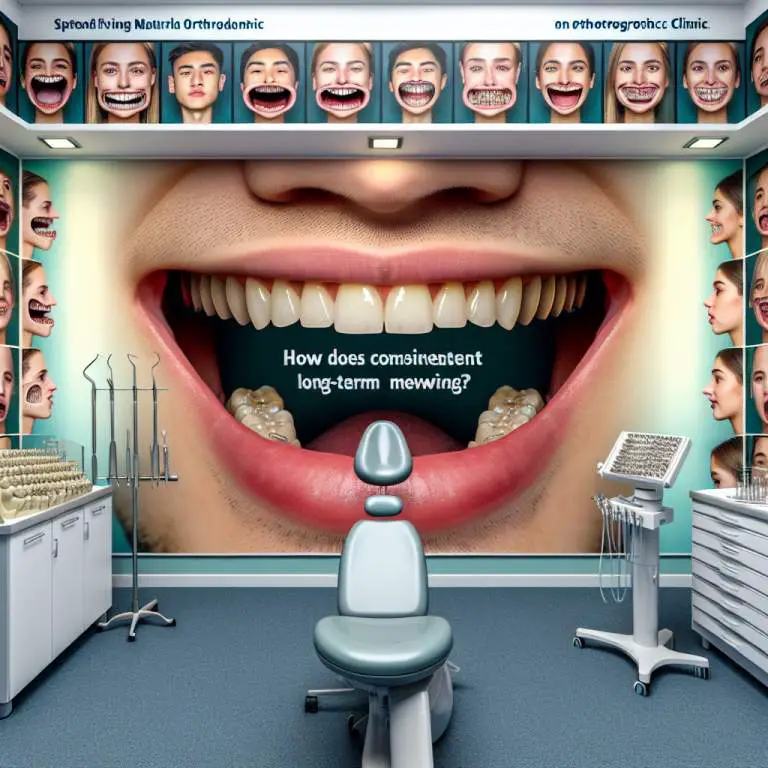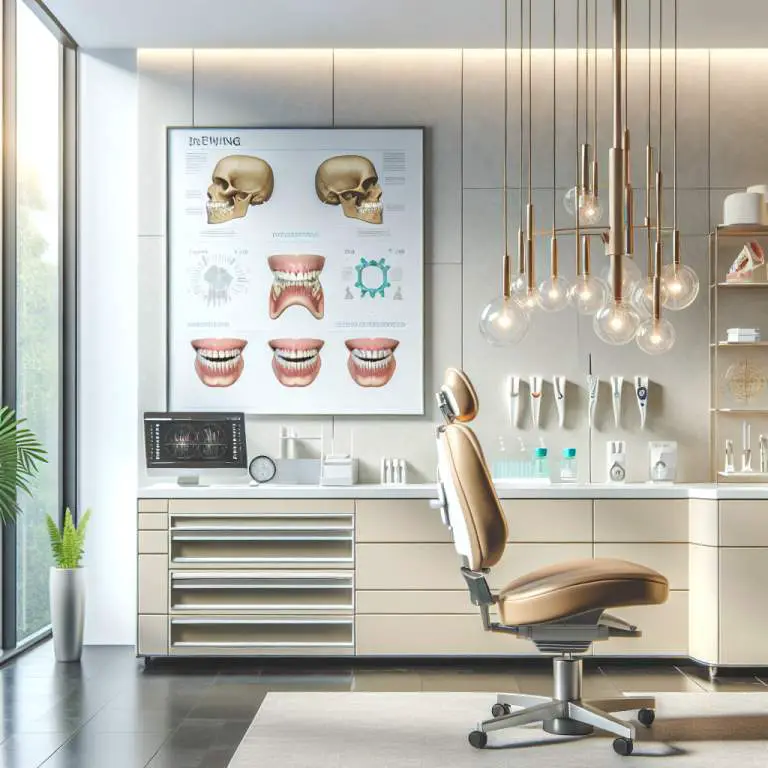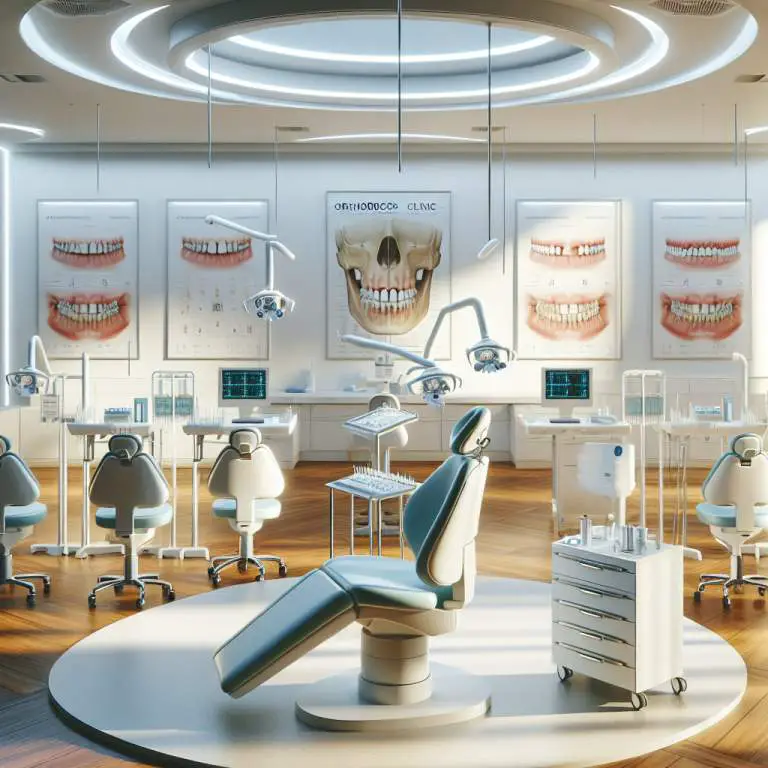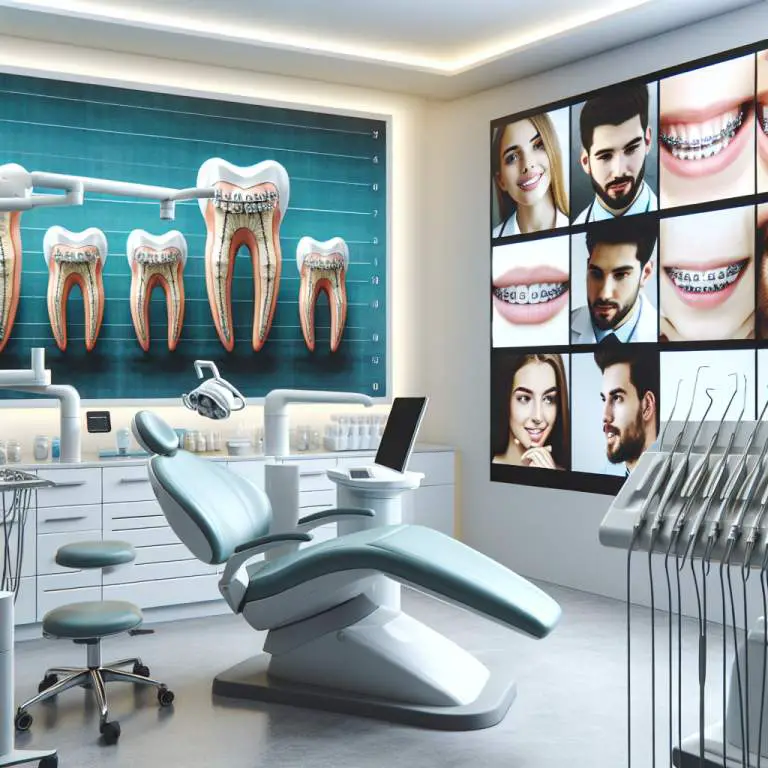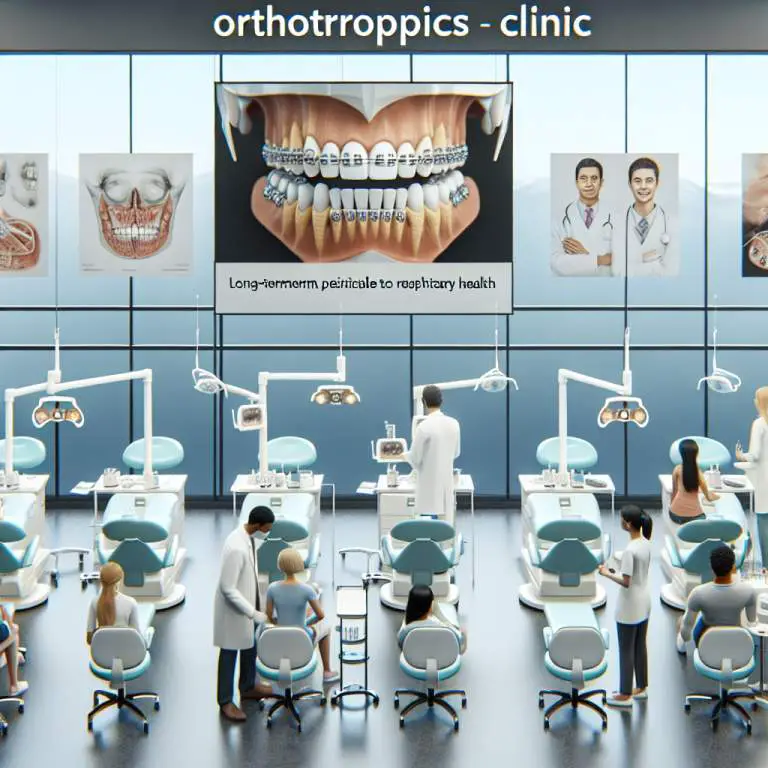Can long-term mewing practice permanently alter facial structure?
Yes, long-term mewing practice can permanently alter facial structure. By consistently applying the correct tongue posture against the roof of the mouth, it gradually shifts the position of the jaw and teeth. Over time, these changes can become permanent, leading to improved facial aesthetics and alignment.
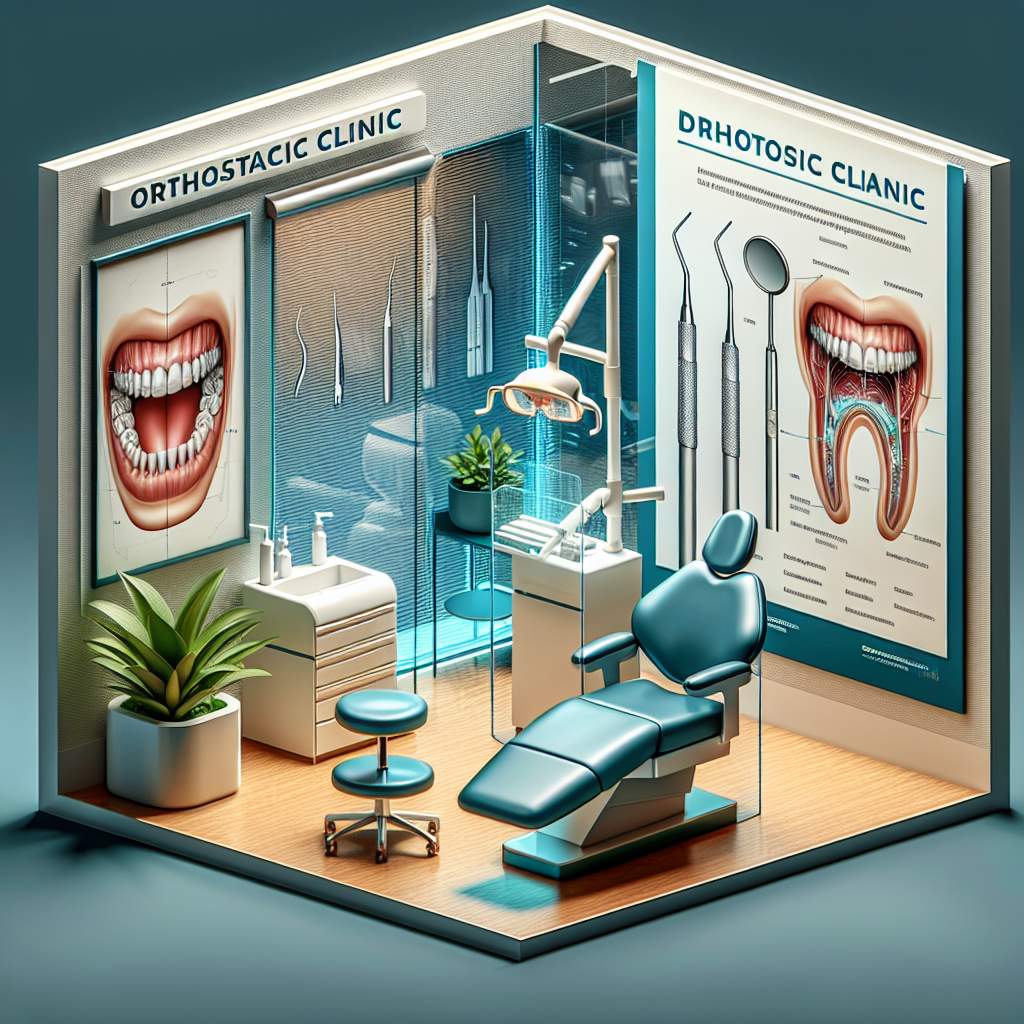
How Does Mewing Work to Alter Facial Structure?
Mewing is a technique that some people believe can change the way your face looks. It’s named after Dr. John Mew, who came up with this idea. The basic idea behind mewing is that by placing your tongue in a certain position in your mouth, you can slowly change the shape of your face.
This method focuses on keeping the tongue pressed against the roof of the mouth. This position is supposed to help with breathing, posture, and supposedly, altering facial structure over time. People think that by doing this regularly, they can make their jawlines sharper and their faces more defined.
What Are the Key Techniques Involved in Mewing?
The main technique of mewing involves correctly positioning your tongue on the roof of your mouth. Your entire tongue should be flat against the roof, not just the tip. This might feel weird at first but it’s a big part of what mewing is all about.
Another important aspect is making sure your lips are together and your teeth slightly touching or close together without clenching. Good posture also plays a role in effective mewing because it helps maintain the correct tongue position easier. So standing straight is also something you need to think about when practicing mewing.
Can Mewing Influence Jawline Definition Over Time?
Many people who practice mewing believe it can help define their jawline over time. The idea is that by constantly keeping your tongue pressed against the roof of your mouth, you’re exercising muscles around your jaw and neck area. This could potentially lead to a more defined jawline as those muscles become stronger and more toned.
However, changes from mewing don’t happen overnight. It’s something that would require patience and consistent effort over months or even years to possibly see noticeable changes in jawline definition.
What Scientific Evidence Supports the Efficacy of Mewing?
When it comes to scientific evidence supporting mewing, there isn’t a lot out there. Some dental professionals acknowledge that proper tongue posture can have benefits for breathing and oral health. However, extensive research proving that mewing can significantly alter facial structure or enhance jawline definition specifically is limited.
There are personal testimonials from individuals who claim they’ve seen positive changes from mewing, but these are anecdotal and not backed by scientific studies. So while there may be some potential benefits related to oral health and posture, definitive proof of its effectiveness in changing facial structure is still up for debate among experts.
Mental Health and Confidence How Long Does It Take to See Results from Mewing?
Seeing results from mewing can vary greatly from person to person. Some people might notice changes in a few months, while others may need a year or more. It depends on how often and correctly you practice the technique.
The key is consistency. Regularly practicing mewing, including proper tongue posture, can help speed up the process. However, it’s important to manage expectations and understand that significant changes take time.
Are There Any Age Limitations to the Effectiveness of Mewing?
Mewing is most effective when started at a younger age. This is because the bones in the face are more malleable during childhood and adolescence. As we age, our bones become harder, making them less susceptible to change.
However, this doesn’t mean adults can’t see benefits from mewing. While changes might be slower or less dramatic, improving tongue posture can still impact facial structure and breathing patterns at any age.
What Are Common Mistakes People Make When Practicing Mewing?
A common mistake is not placing the entire tongue on the roof of the mouth. Many people only press the tip against their palate, which isn’t as effective. For best results, the whole tongue should be involved.
Another mistake is expecting quick results without consistent effort. Mewing requires patience and persistence over time to see changes in facial structure. Giving up too soon can lead to disappointment.
Final Thoughts
Mewing has gained popularity as a method for altering facial structure through improved tongue posture. While results vary and can take time, consistent practice plays a crucial role in achieving desired outcomes.
It’s also important to approach mewing with realistic expectations and understand that while it may offer benefits at any age, younger individuals tend to see more significant changes due to the malleability of their facial bones. Avoiding common mistakes can further enhance effectiveness.
| Aspect | Short-Term Changes (1-6 months) | Long-Term Changes (1 year+) |
|---|---|---|
| Jawline Definition | Possible slight enhancement | More defined jawline, depending on consistency and genetics |
| Cheekbone Prominence | Minimal to no change | Potentially more pronounced cheekbones with consistent practice |
| Nasal Labial Angle Improvement | Unlikely to see change | Possible slight improvement due to altered oral posture |
| Bite Alignment | Slight improvements may be noticed in bite comfort | Potential for significant improvement in bite alignment and function |
| Overall Facial Symmetry | Limited impact initially | Improvements in facial symmetry can become more apparent over time with consistent practice |
| Breathing Quality | Possible immediate improvement in nasal breathing | Sustained better breathing quality, especially if combined with other treatments like myofunctional therapy |
| Skin Quality | No direct impact expected | No direct impact, but improved posture and breathing could indirectly benefit skin health |

